Note: I’ve just started a project page on Hackaday, which will ultimately have full directions on how to build your own inexpensive RTI system
(A shorter version of this page appeared on the Cultural Heritage Imaging blog).
I first learned about Reflectance Transformation Imaging (RTI) back in 2009, when I stumbled across the HP Labs page describing its use on the Antikythera Mechanism. One of my first thoughts was that this could be a useful tool for imaging and analyzing lithic archaeological artifacts, flaked stone tools in particular. It wasn’t an original thought even back then, and over the next four years I saw the occasional RTI lithic image pop up on the web, demonstrating how useful RTI could be for this application.
Early in 2013, I started experimenting with RTI on some modern replica projectile points using the Highlight-RTI method. Even though I got usable results with some of these experiments, I found the Highlight-RTI process too difficult and time-consuming to use on a regular basis. I know some people can do Highlight-RTI one-handed, and I am not one of those. Because the small artifact size limited my working space, I kept on bumping either the camera or the tripod, throwing the alignment off. In addition, processing the results through RTIBuilder, while not difficult, was a bit more time-consuming than I had hoped for. Dome-RTI got around all these issues, but there were no commercial systems available, no DIY-plans available, and the few custom-built systems I saw online suggested a cost in the vicinity of at least $10-30 thousand dollars, well out of my price range. So I decided to design and build my own Dome-RTI system.
(Note: When I recently told Cultural Heritage Imaging’s Carla Schroer of my struggles with Highlight-RTI on small objects, and how that led me to building a dome, she said that a copy stand is a better choice for Highlight-RTI on small objects than a tripod. Live and learn. But it turned out that building my own domes led me to some useful applications that would be difficult to do with Highlight-RTI.)
Figure 1 shows my 18-inch diameter Dome Mark 1. Perhaps more accurately, Dome Mark 1.6, as virtually every component was rebuilt to improve it, often several times. The first version used inexpensive 64 0.5-watt straw-hat LEDs with external non-soldered wiring connections; it worked, but the exposure times were long (on the order of one second), and the system had to handled carefully to prevent the wires from breaking. The second version used 1-watt straw-hat LEDs and a modified non-soldered wiring system. While exposure times were better, they were still longer than desired. The wiring system was now a bit more rugged, enough to make it transportable, but still had to be handled with some care to prevent wires from breaking or pulling loose.

Figure 1: RTI Dome Mark 1, 18-inch diameter dome with 64 3W LEDs (click on the image for a larger view)
The next step upward in LED power was to 3-watt star LEDs, but this required a partial re-design of the wiring system, and a full re-design of the controller. The maximum current from the original controller design was 350 milliamps, and 3-watt LEDs need 1 amp of current for full intensity. So, I designed and built a custom electronic driver circuit capable of supplying the required current. I also rebuilt the original camera stand (made of PVC pipe) to be more stable. I constructed an elevated dome stand that allowed samples to be placed on a lab jack, then slid into position under the dome (similar in general concept to the sample system used by domes built by the University of Southampton). Finally, the wiring system was revamped one more time to move most of the wiring inside the dome.
While this revised first dome now works quite well for performing RTI, and is still used for larger artifacts, it is grossly oversized for most of the artifacts I’m interested in documenting. Most flaked stone lithic artifacts in the American Southwest are less than 3 inches in length, and an 18-inch dome is easily capable of imaging artifacts of at least 4.5” in maximum dimension (and I’ve gotten useful results on artifacts up to 6” in length). What’s more, these artifacts are housed in scattered locations (museums, government facilities, universities, etc.), and the large size of the dome and stand make transportation and setup of this big system cumbersome.
Using all that I learned from two years of development on the first system, I’ve now built my Mark 2 RTI dome (Figure 2).
This new design incorporates most of the features from the first dome, while adding some improvements and unique capabilities:
- Lighting is provided by 48 3W Cree LEDs, 6 rows by 8 columns, staggered inside the acrylic dome to maximize the lighting angle variation while minimizing the wiring complexity.
- Most of the wiring is now inside the dome, which makes it far easier/safer to transport it. The wiring system was simplified to where it can take less than a day for final assembly of the LED wiring system, including the connection to the controller.
- The controller box can supply up to 1 Amp of current for up to 64 LEDs (one at a time). The output current can be adjusted to as low as 150 mA for applications where power needs to be conserved, or where higher light intensities saturate the imaging system.
- The controller works in a number of different modes:
- Fully automatic wired mode, where a wire cable is used to trigger the camera shutter in synchronization with the LED lights. I normally use a Canon Powershot S110 model (12 MP, native 12-bit RAW), triggered using a USB cable and CHDK software. However, it also has been used with Canon and Nikon DSLR cameras, with a custom cable that plugs into the wired remote port on these cameras. The system should be easily adaptable to work with any camera that supports a wired remote (e.g. Sony and Olympus DSLRs). The knobs on the left control the time the LED is on, and the delay time between when the LED goes off and the LED turns back on, to give the camera time to save the picture to the SD card.
- Fully automatic wireless mode. An IR LED can be plugged into the controller, and automatically fire the shutter for certain camera makes that support IR wireless remotes (Nikon, Canon, Sony, Pentax, Olympus and Minolta only).
- Fully automatic Bluetooth mode. For cameras whose shutters are triggered via a computer connection, a Bluetooth HID connection allows you to fire the shutter using the appropriate keyboard or mouse click command.
- Manual mode. For cameras that aren’t supported by any of the above modes, you can manually advance the LED lights, and fire the shutter manually.
- The dome is connected electrically to the controller using two standard RJ-45 jacks that can easily be disconnected. This means that a controller can be used with different domes.
- Exposure times with my Canon S110 at 3x zoom (f 4.5 aperture) and full LED intensity are typically 1/25th second for this 12” diameter dome. For a larger dome (say one-meter diameter), this translates to exposure times of about a second, perfectly usable given that the camera is not handheld. More capable cameras with faster lenses and more sensitive sensors would probably do even better.
- Data acquisition times depend on the camera cycle time. For my Canon S110, it’s about 3 seconds per shot; for modern DSLRs, it can be as short as one second, leading to a total data acquisition time of less than one minute per artifact. I’ve also written my own front-end for PTMFitter and HSHFitter, which allows for faster processing throughput, and the option to batch-process RTI datafiles at a later time. I’m also looking at some image pre-processing techniques to improve results on larger artifacts.
- The Mark 2 Dome has a diameter of 12”, and sits on a stand that is 13.5” square. Total weight of the dome + stand + camera is less than 4 kg, making it highly portable (more on this in a bit).
- Because the dome is small and light, it can be mounted on a hinged stand, and the camera can be securely attached to a fixture on top of the dome. This means that changing artifacts is as simple as raising the dome by the hinge, replacing one artifact with another, then dropping the dome back down in place – no more than about 10 seconds.
- Standard rule-of-thumb for RTI is that the largest diagonal distance on the item being imaged should be less than half the distance to the light source. For a 12”-diameter dome, that works out to 3”. However, I’ve gotten more than acceptable results with a 4” modern projectile points as shot, and even better results after doing some image preprocessing before creating the RTI datafiles.
- Main power supply for the system is a 9V DC transformer. However, it can be run off 6 AA alkaline batteries, 8 AA rechargeable NiMH batteries, a 12V car battery adapter, or any other DC power supply of 12V or less.
I wanted this Mark 2 RTI system to be more portable than my original system, but even I was surprised by how portable it actually is.Figure 3 looks like a typical camping backpack, which is exactly what it is. But inside the backpack is the entire RTI system shown in Figure 2, including the battery pack, with room to spare. The total weight including the backpack is less than 5 kg, making this a truly portable, field-ready system (Figure 4). When recording archaeological sites out in the field, it is often not possible to collect lithic artifacts to bring back to the lab for proper documentation. You either have to photograph them in the field (usually with less-than-satisfactory resolution of the details), or hand-draw the flake scars (a slow and tedious process, and often highly inaccurate). This portable RTI system makes it possible to thoroughly document lithic artifacts on-site. For easy transport to normal labs and storage facilities, its small size allows to fit into a Pelican case.
This system has a few more tricks up its sleeve. Full analysis of a lithic artifact may require microscopic analysis of edgewear to determine how it was used. A simple reconfiguration of the system (Figure 5) allows it to do microscopic RTI imaging of lithic artifacts, using either the USB microscope (as pictured), or a DSLR equipped with a macro lens that has a working distance of 6” or more (roughly 90-100mm focal length). A micrometer stage allows for accurate positioning of the artifact under the microscope. I’ve only done a few test cases with it so far, but the results were described by one lithics expert as some of the best lithic micrographs he had ever seen.
One final trick: you can flip the dome around, and mount it vertically to image larger objects. While I plan to use it to image Southwestern pottery and other objects, Figure 6 shows the system in vertical mode being used to image an oil painting by the noted equestrian artist Boguslaw Lustyk. The normals will be off a bit because of the increased spacing between dome and painting, but you can still get useful results, like the specular mode image shown in Figure 7.
Total parts cost of this Mark 2 dome, including the Canon camera, was well under $800. Scaling the dome up to a higher size would increase the cost only by the extra cost of the dome plus additional LEDs if desired (e.g. 64 instead of 48. For example, a one-meter dome with 64 LEDs would add approximately $400 to the total cost. In the near future, I hope to post information/instructions online that would allow anyone to build a system of their own. If I can build a system without instructions, I’m sure many others could easily build such a system with instructions.
Feel free to contact me at leszek.pawlowicz@nau.edu with questions and comments. You can also drop me a line if you want me to do RTI imaging of your own artifacts. And if you need a dome right away, let me know – I don’t really want to be in the business of building these on a regular basis, which is why I hope to publish full instructions, but might be able to squeeze out a few more if absolutely necessary.

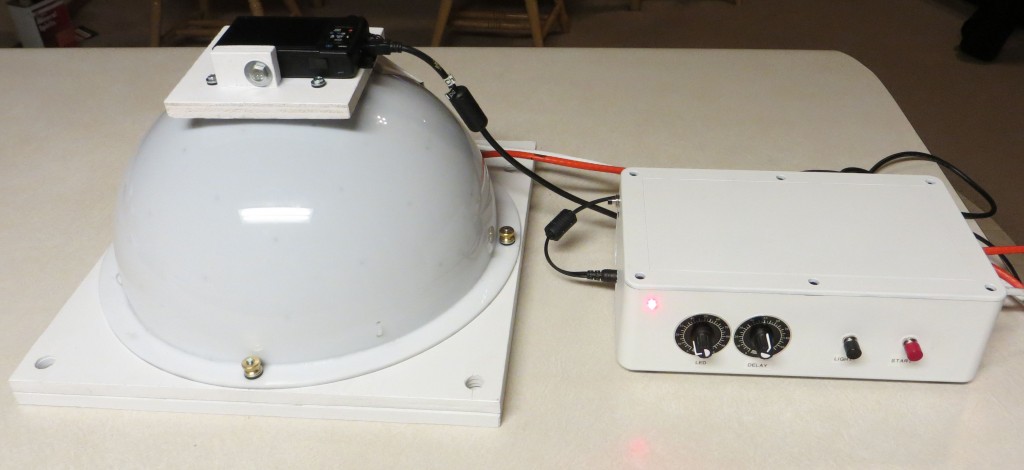
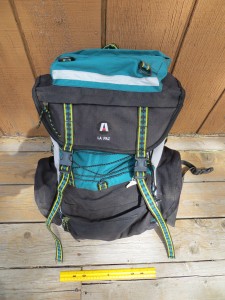

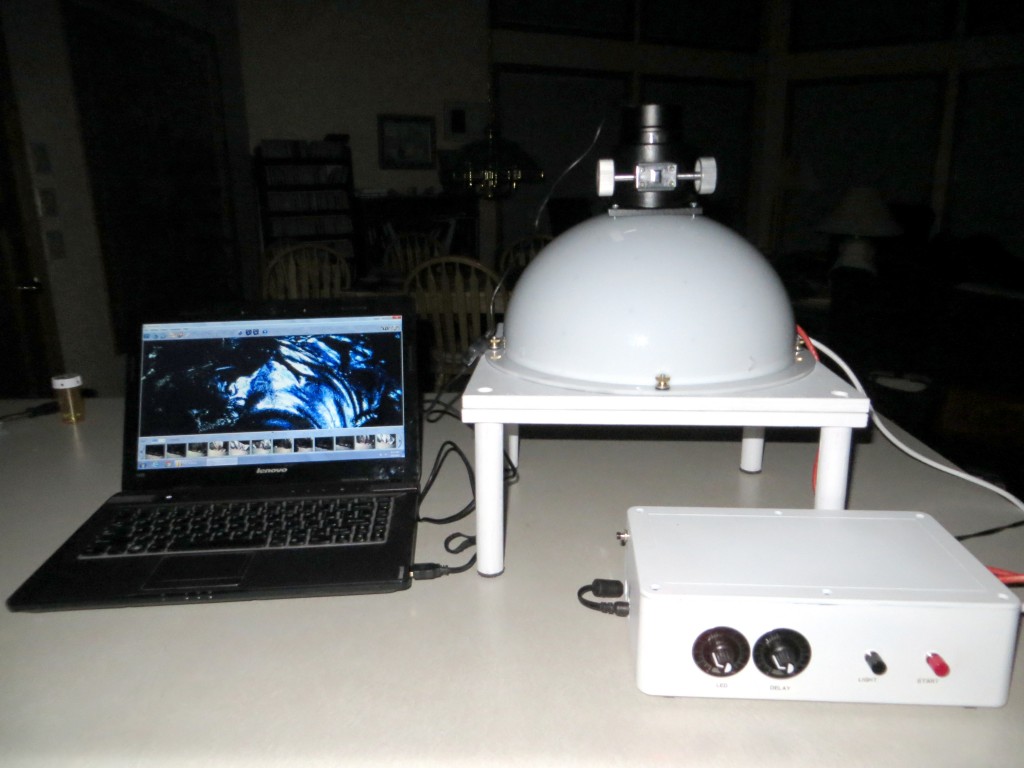
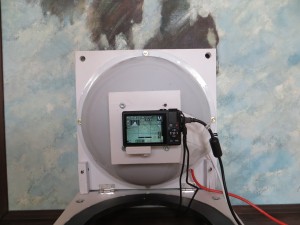
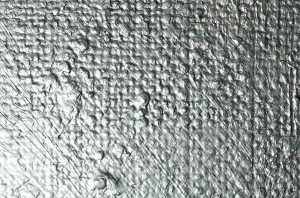
Pingback: Creating a Portable Dome-RTI system for Imaging Lithics | Cultural Heritage Imaging